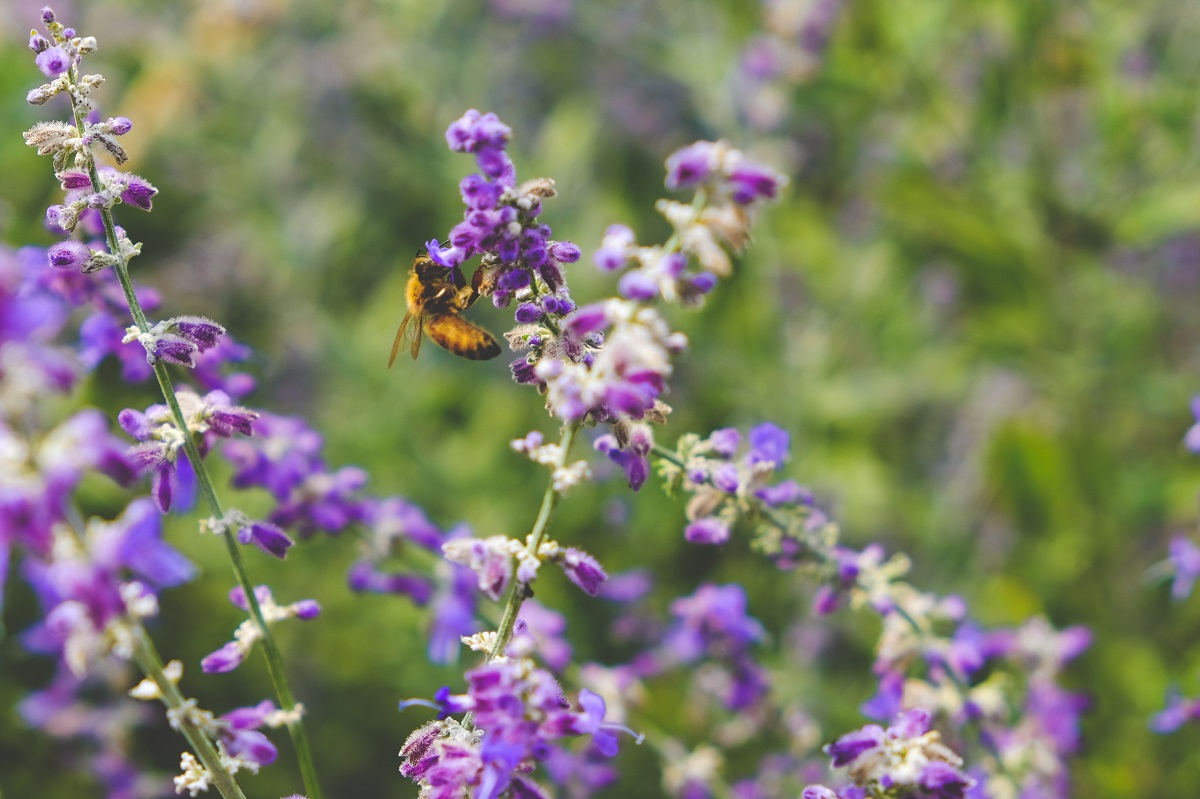Climate change is already having an impact on plants and animals throughout the world, and it is posing increasing threats to biodiversity, adding to the current issues of habitat loss, invasive species, pollution, and overexploitation, Science Daily says in a new report.
A new study published in the April edition of Biological Conservation evaluated experts’ suggestions for conserving biodiversity in the context of climate change, giving a summary of practical advice and highlighting areas where more research is needed.
“There is an enormous need to think ahead and be proactive and a growing recognition that we have to act now,” said senior author Erika Zavaleta, professor of ecology and evolutionary biology at the University of California Santa Cruz (UCSC).
Climate conditions to which species have evolved are moving around the globe, putting plants, animals, and entire ecosystems at risk of being trapped in regions where they can no longer live.
Climate change is not a new phenomenon in our planet’s history, and species have relocated and developed in response. However, present climate adjustments caused by the use of fossil fuels are occurring at a considerably quicker rate than previous climatic transitions. Furthermore, the current fragmentation of natural habitats makes it much more difficult for animals to migrate than it was previously, thus posing threats to biodiversity.
Zavaleta and Nicole Heller, then a postdoctoral researcher in Zavaleta’s group, published an earlier survey in 2009. Blair McLaughlin, an associate professor of ecology at Hampshire College in Massachusetts who received her Ph.D. in Zavaleta’s lab and is now a visiting researcher at UCSC, conducted the new study and is the paper’s lead author.
Current suggestions, the researchers discovered, have gone beyond conceptual guidance to include more precise and concrete ideas regarding solutions to execute for certain ecosystems or species.
In the face of climate change, long-standing conservation strategies such as safeguarding and restoring ecosystems and enhancing their interconnectedness remain crucial. However, three unique solutions have attracted increasing attention in recent years to solve climate-related challenges: climate change refugia, aided migration, and safeguarding climate-adaptive DNA.
Identifying and conserving sites that might serve as refuges for species endangered by climate change is a simple matter of following the standard biodiversity conservation paradigm. Habitat restoration initiatives, such as restoring forest streams to increase the water table, can be part of creating climate change refugia.
Assisted migration encompasses both “assisted gene flow,” which involves transporting organisms between populations within a species’ current range to conserve genetic variety, and “assisted migration,” which involves relocating animals beyond their historical range to preserve genetic diversity. However, this type of direct intervention to relocate imperiled species to locations where they may have a greater chance of survival in the future is fraught with controversy. Potential effects on other creatures following translocation are a concern, as is the risk of hurting the intended population if translocated individuals fare poorly in the new place.
Scientists also aim to safeguard species’ genetic diversity, particularly genetic variations that may be better suited to hotter, drier environments.

